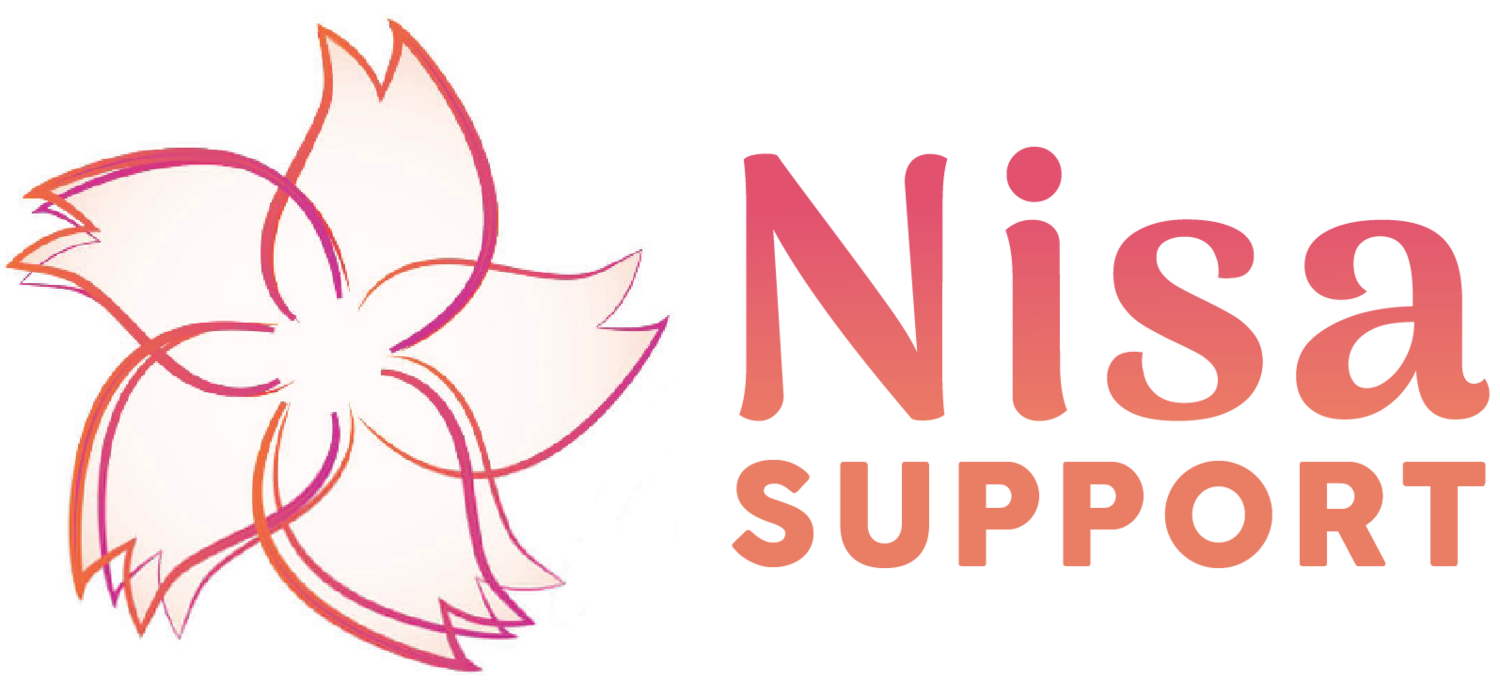Vulnerability in Facilitation
The following was originally published on rihamahmed.com in March 2016. It has been edited for Nisa Support.
They say session design can make or break your facilitation. I couldn’t agree more. A well-designed session is the foundation—it sets the tone and structure for everything that follows, whether you're leading a workshop, conference, class, or retreat. Add thoughtful facilitation and, of course, a room full of energetic, passionate participants, and you have the perfect combination.
That magic happened recently when I had the pleasure of designing and facilitating a Nisa Support workshop titled Designing Experiential Workshops for Optimal Learning. This full-day session was created to help participants develop their own workshops by aligning their passions, skills, knowledge, and lived experiences. Through a mix of individual reflection and collaborative activities, participants brainstormed ideas and began shaping a sequence and flow for their own experiential learning sessions.
What stood out to me most was the energy in the room—the eagerness, the creativity, and the commitment to growth. I truly believe that great facilitation is a co-learning process. The wisdom is already in the room. New insights emerge through group discussions, small group work, brainstorming, and feedback. As facilitators, we are not the center of attention. We are not there to lead in the traditional sense—we’re there to support the process of shared discovery and learning. Our role is to guide, to hold space, and to help others connect the dots.
As one participant beautifully put it during our session, reflecting on the difference between public speaking and facilitation:
“It feels like, when you’re facilitating, you’re being more vulnerable with your participants. You’re putting yourself out there more.”
That vulnerability is at the heart of good facilitation—and of self-development. To build trust in the room, we need to show up as our full, imperfect, human selves. Not as polished presenters with perfect posture and vocal variety, but as real people who sometimes forget what they were about to say or write instructions on flip charts so things are clear. We’re not performing. We’re connecting.
Facilitation, then, becomes a powerful tool for personal growth. It invites us to reflect, to listen deeply, to hold space for others, and to be open to learning ourselves. Every time I facilitate, I grow. And every time participants step into that space with openness and courage, they grow too.
We are not the experts delivering knowledge from the front of the room.
We are facilitators—co-learners, co-creators, and companions on the journey.

